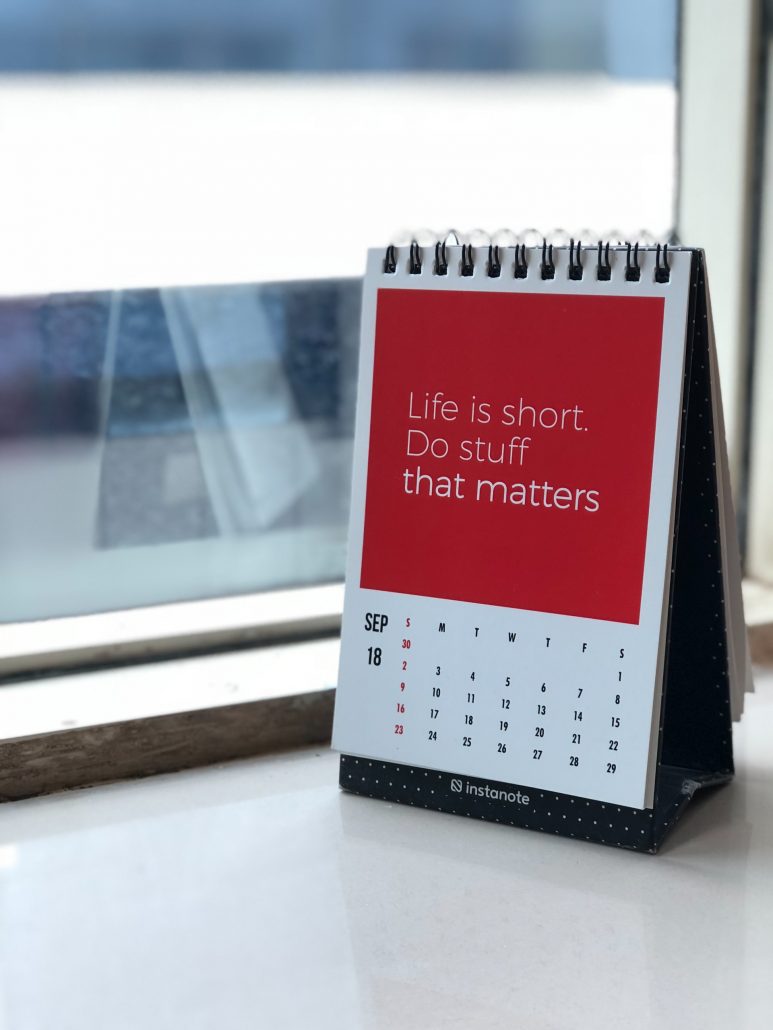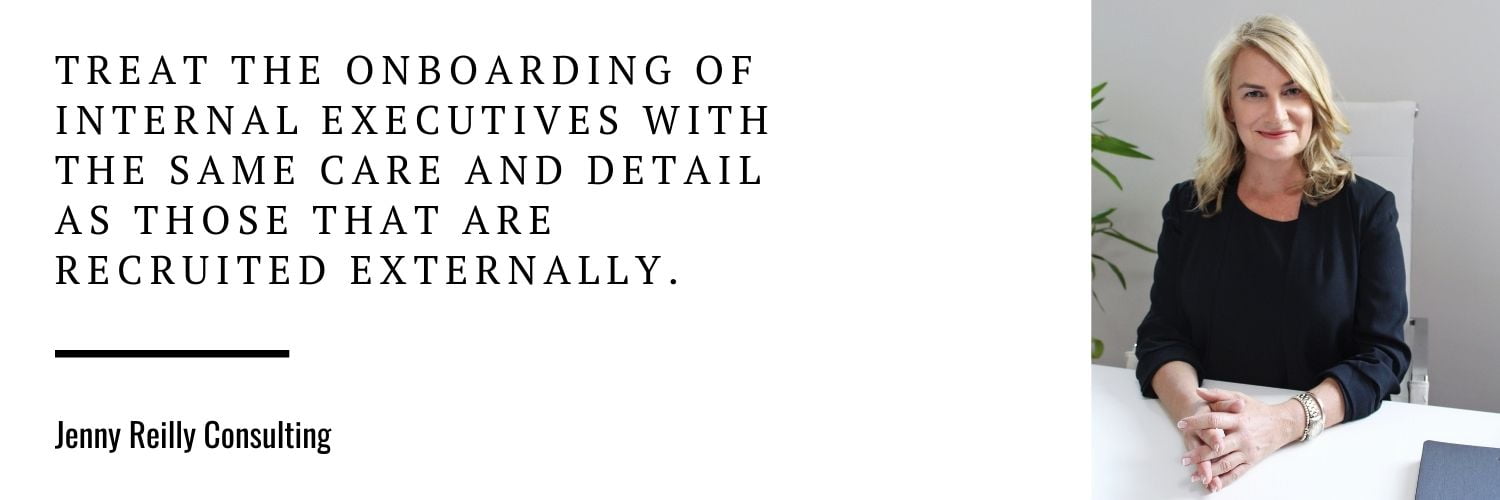Goals Set your Direction & Systems Help you Make Progress
Your days are jam-packed; however, you often feel by days end that you have accomplished little as your time has been spent on low-value tasks, putting out fires, and getting caught up in the day-to-day business minutia. There is never enough time to focus on what is important; your goals are defined; however, you can’t seem to make progress on moving them forward. Sound familiar?
You Can Get Frustrated Before You Make Progress
If you are frustrated by your progress on moving goals forward, it is time to reset how you are prioritizing the work that needs to be done on your goals, the processes you have in place to focus on the ‘next best step,’ and systems to enable you to work smarter, not harder on the work at hand.
Goals set direction and can help keep you organized.
Processes outline what you need to do – step-by-step actions.
Systems help you achieve your goals and make progress – a critical component for all, no matter what industry you are in or the position you hold.

Implement a System
The implementation of process, technical and time management systems are critical to enabling you to make progress on your goals. I have outlined below systems that I use daily:
Process System
- I utilize the 80/20 rule when determining goal focus. Using the Pareto Principle, or 80/20 rule, I appreciate that 80% of my business outcomes are usually a result of 20% of my efforts around my top goals. So, when working on my goals daily, I commence working on high-value tasks associated with a top-level goal, which in turn provides the greatest return on my time investment. When using the 80/20 rule, a simple trick is to ask yourself daily when mapping out your schedule: ‘What goal focus should I concentrate on today that will provide the greatest impact?’.
Technical Systems
- The client CRM I use is HubSpot. The project management software I use is Trello to manage goals, task assignments, staff communication, the delegation of tasks, reporting, and metrics.
Time Management Systems:
- When scheduling my time, I allocate a minimum of two hours daily to focus on high-value goals that significantly impact my consultancy. I block of uninterruptable time chunks in my Outlook calendar and couldn’t live without my Full Focus Paper Planner to keep me on track. By having this identified time blocked out daily, I make guaranteed goal progress. You need to remember two words that go hand in hand with your time management systems, RELENTLESS CONSISTENCY – this will help you move forward in your goal attainment and track if you make progress.
7 Steps To Help You Stay On Track And Make Progress:
- Determine your goals; they set your direction
- Under each goal, detail the associated tasks and timelines
- Set critical milestone dates, and ensure reporting metric expectations are communicated
- Detail the strategy as to how you will approach and achieve the goal
- Focus first on the top 20% of goals that will provide the most significant impact.
- Set aside time daily to work on ‘the next best step’ of the goal. Do this in uninterruptable time chunks. The daily allocation of time will make a significant difference in your goal timeline.
- Be relentlessly consistent – action should be taken daily for the greatest momentum

Atomic Habits
If you have not read Atomic Habits, I encourage you to do so. James Clear’s reference around the importance of small habits making a big difference is critical to address procrastination and move your goals forward. An example in his book given is one that I often refer to with clients, ‘The effects of small habits compound over time. For example, if you can get just 1 percent better each day, you’ll end up with results that are nearly 37 times better after one year.’ Now that is progress!
Evaluate Your System
I hope this article has motivated you to evaluate your current systems to ensure they are working to your best advantage—work smarter, not harder, for greater productivity, balance, and increased results. Be relentlessly consistent in your actions; small steps compounded make a significant difference to your bottom line.











